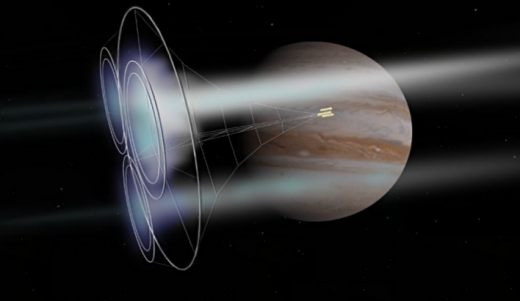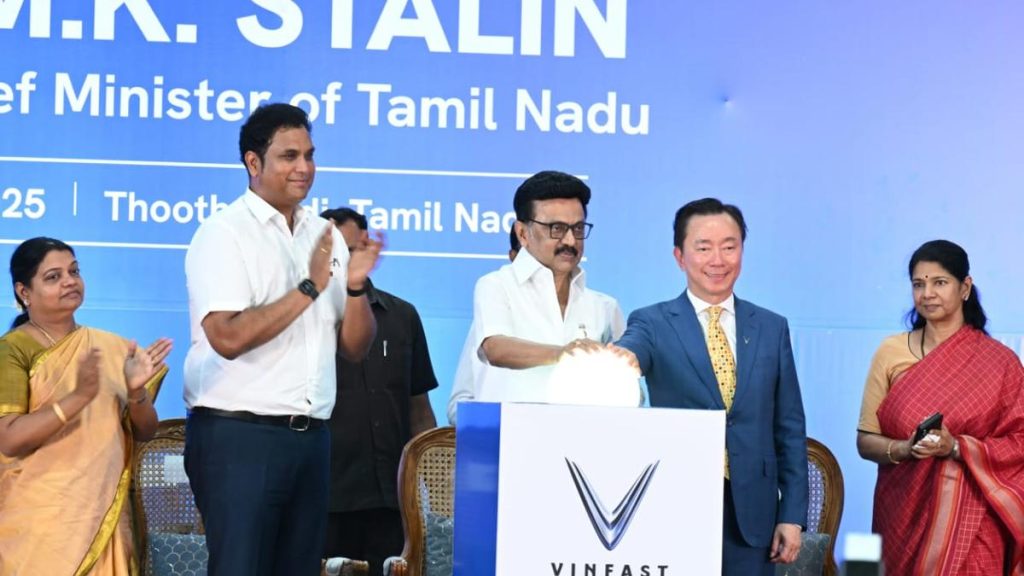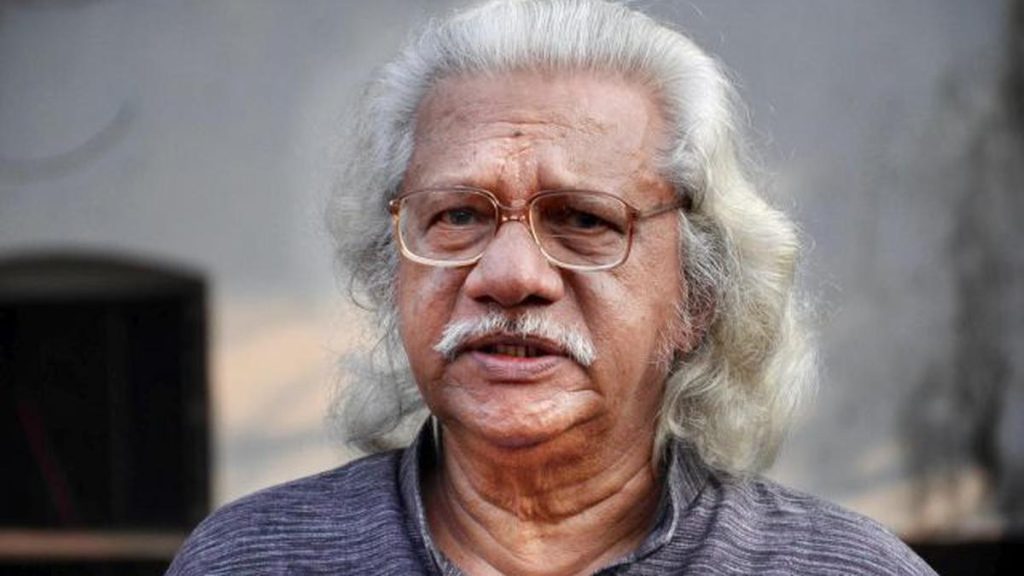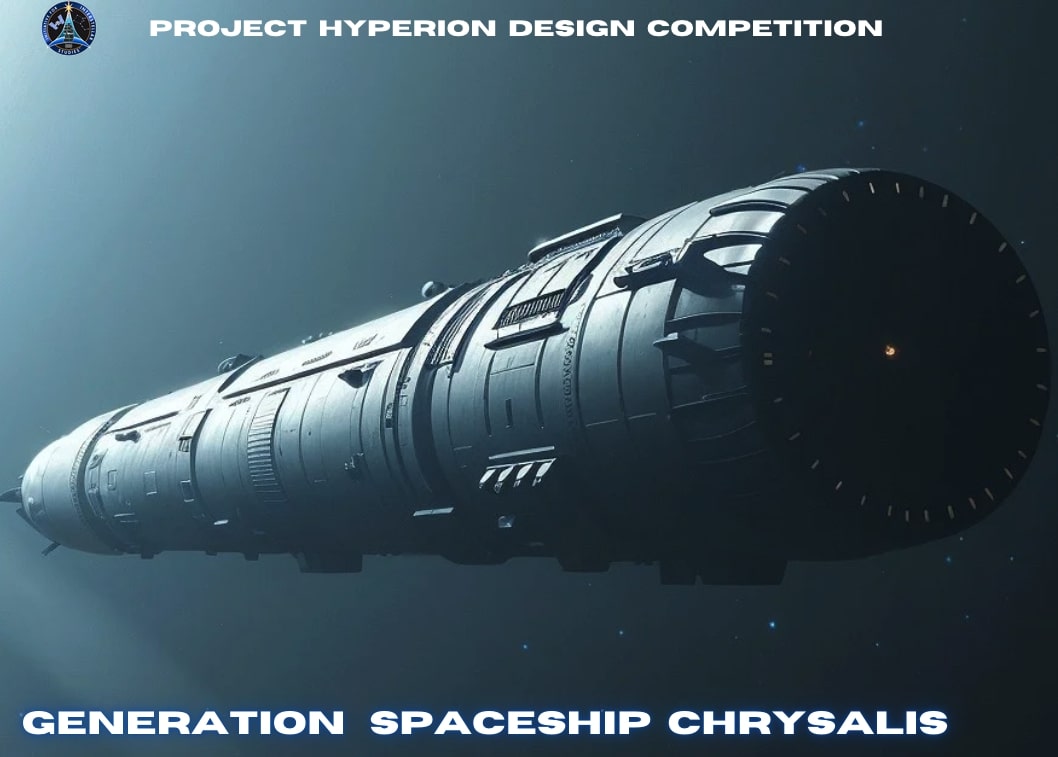Now Reading: Dynamic Soaring: The Future of Manned Interstellar Missions
-
01
Dynamic Soaring: The Future of Manned Interstellar Missions
Dynamic Soaring: The Future of Manned Interstellar Missions

Swift Summary
- Interstellar travel technology for manned missions requires scaling up humanity’s power levels considerably, potentially through industrializing the solar system.
- Fission Fragment rocket Engine (FFRE) technology is being developed to achieve high propellant efficiency and specific impulse (>100,000 seconds), but current designs face challenges such as massiveness and thermal constraints.
- Proposed improvements include embedding fissile particles in ultra-low density aerogel matrices and using superconducting magnets for efficient trajectory control. FFRE could shorten transit times to nearby star systems (e.g.,SGL imaging within 15 years).
- Plasma magnet drive with dynamic soaring is a propulsion system leveraging solar wind energy, enabling speeds of up to 2-3% of light speed without needing massive power systems-making it viable for long-distance crewed missions.
- Solar sails and laser-pushed sails are alternate technologies considered but face scalability issues due to increasing power requirements for human-centric payloads.
- Theoretical work and vacuum tests have validated some aspects of plasma magnet propulsion; however, large-scale proofs-of-concept demonstrating its potential in space remain necessary.
Indian Opinion Analysis
The advancements in interstellar propulsion technologies like fission fragment rockets and plasma magnet-driven spacecraft represent meaningful progress toward the long-term vision of expanding humanity’s presence beyond the solar system. For India, an emerging leader in space exploration marked by recent lunar success (Chandrayaan missions) and ambitious plans (such as gaganyaan), these breakthroughs open opportunities for collaboration on frontier research that could redefine space accessibility globally.
The modular nature of plasma magnet drives aligns well with India’s focus on cost-efficient aerospace engineering while aiding faster spacecraft deployments across planetary bodies-a critical advantage during Mars or Venus-focused endeavors outlined by ISRO’s future objectives. Furthermore, partnerships exploring nuclear-powered sustainable frameworks might complement india’s growing expertise in nuclear applications while advancing its technological footprint.
Scaling these concepts remains reliant on sustained investment and international cooperation-components vital for countries like India were scientific innovation coexists with budgetary priorities aimed at broader socio-economic progress goals.

























